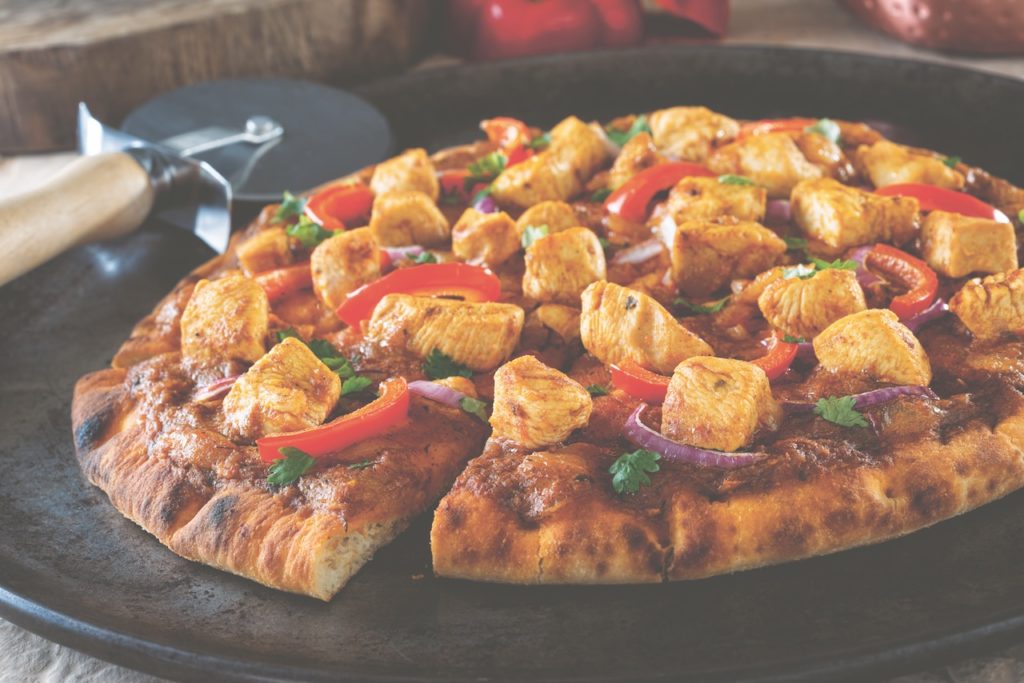The foodservice industry has been enjoying an unprecedented high for a while now, thanks to the strength of consumers’ purchasing power. But even more important than seeing businesses thrive is being able to sustain this growth. The challenge for restaurateurs now is to build a loyal market and build on the customer experience. How exactly do you do that? Here are three strategies that can make a big impact:
1. Go digital but don’t neglect human interaction
With technology’s increasing influence on how consumers engage with brands, restaurants are now shifting to a more digital approach to meet demands by providing self-order menus, online reservations, and online delivery services. Social media has also become a definitive platform for consumer-brand interaction as evidenced by the number of businesses keenly creating and maintaining a consistent (and distinctive) digital presence on Facebook, Instagram, and Twitter. But while a clear digital plan is a way to keep up with competition, it’s businesses that balance technology and human interaction—those that create their own apps but also make it a point to touch tables—that have more potential to take the lead.
2. Prioritize operational efficiency to cut waiting times
Waiting for extended periods is costly. Negative reviews and reputations from customers have a lasting effect on your business. Restaurateurs can take a more proactive approach in dealing with lags in service by eliminating chokepoints (like slow payment systems or poor turnaround time) or by fast tracking certain operations—the most crucial of which is kitchen prep. A good place to start is using quality convenience products (pre-cut, pre-marinated, pre-breaded, pre-portioned food). Not only does this eliminate tedious procedures, it also ensures consistent portion control and organized inventory management.


3. Personalize the dining experience with special menus
When people eat out, they look for things that can make their dining experience unique. It’s a difficult expectation to meet, especially in fast casual concepts so a restaurateur who pulls this off will be rewarded. Creating and offering special menus is a good start. Fortunately, there aren’t really a strict set of rules to follow when building a special menu. But in the pursuit of heightening uniqueness, more restaurants are now offering fixed price specials.
A fixed price menu allows chefs to curate each restaurant special that can be offered, thus creating a more personalized experience for customers. But if this proves too cumbersome, coming up with a special item on the spot for select customers (birthday celebrants, loyal customers, etc.) should have the same intended impact on the guest experience.
It may be a challenging task to meet and exceed expectations of discerning diners on top of dealing with competition and staying true to a culinary vision, but investing in a partnership that consistently drives forward innovation can eventually make things work better for everyone.
Great Food Solutions (GFS), the foodservice arm of San Miguel Foods, understands this better than most. As a trusted partner in foodservice, GFS is uniquely positioned to facilitate tangible improvements to any business through its wide array of quality convenience products that can help fast track kitchen preps. Its nationwide delivery service can also help a growing business. Building stronger partnerships and having a clearer picture of how to make businesses more efficient can empower restaurants to thrive in the future.

